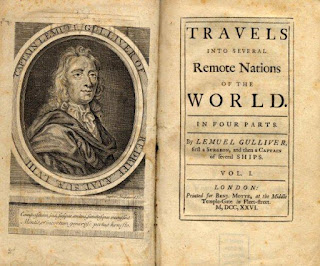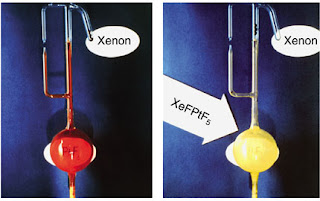The Chemistry Behind the Gifts for the King of Kings
This time, it is less than a week until Christmas and it is quite appropriate if this time we are digging one of the stories around Christmas, which is the adoration of the magi. The magi, sometimes they are called the wise men or kings, travelled from far east to Bethlehem following the Star of Bethlehem to pay homage to the Infant Jesus. They also brought three gifts to be given to the King of kings: gold, frankincense, and myrrh. This story and the gifts they brought are immortalised in several Christmas carols, one of them is "We Three Kings " by John Henry Hopkins. We Three Kings arr. Martin Neary and sung by King's College Choir at 2012 Festival of Nine Lessons and Carols. For lyrics, click here . This time, for Christmas special, we'll see the chemical significance of those gifts for the Infant Jesus.

